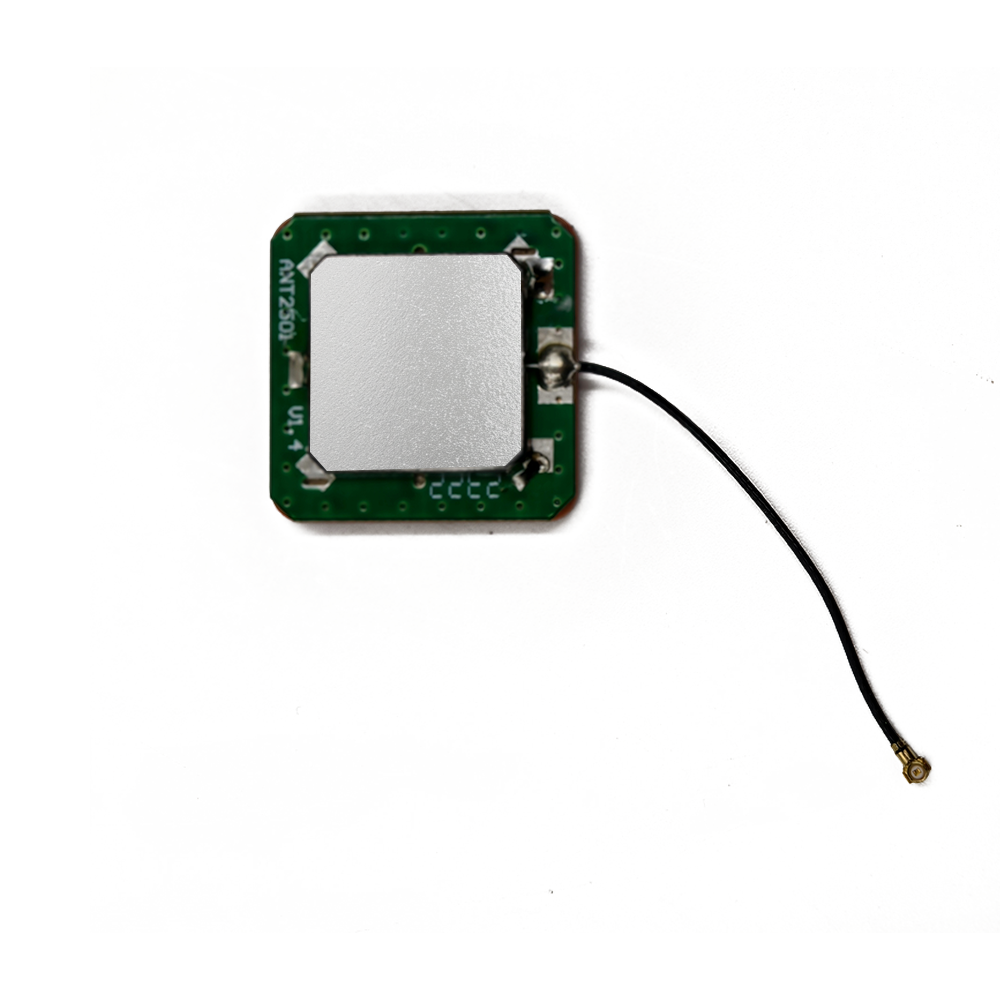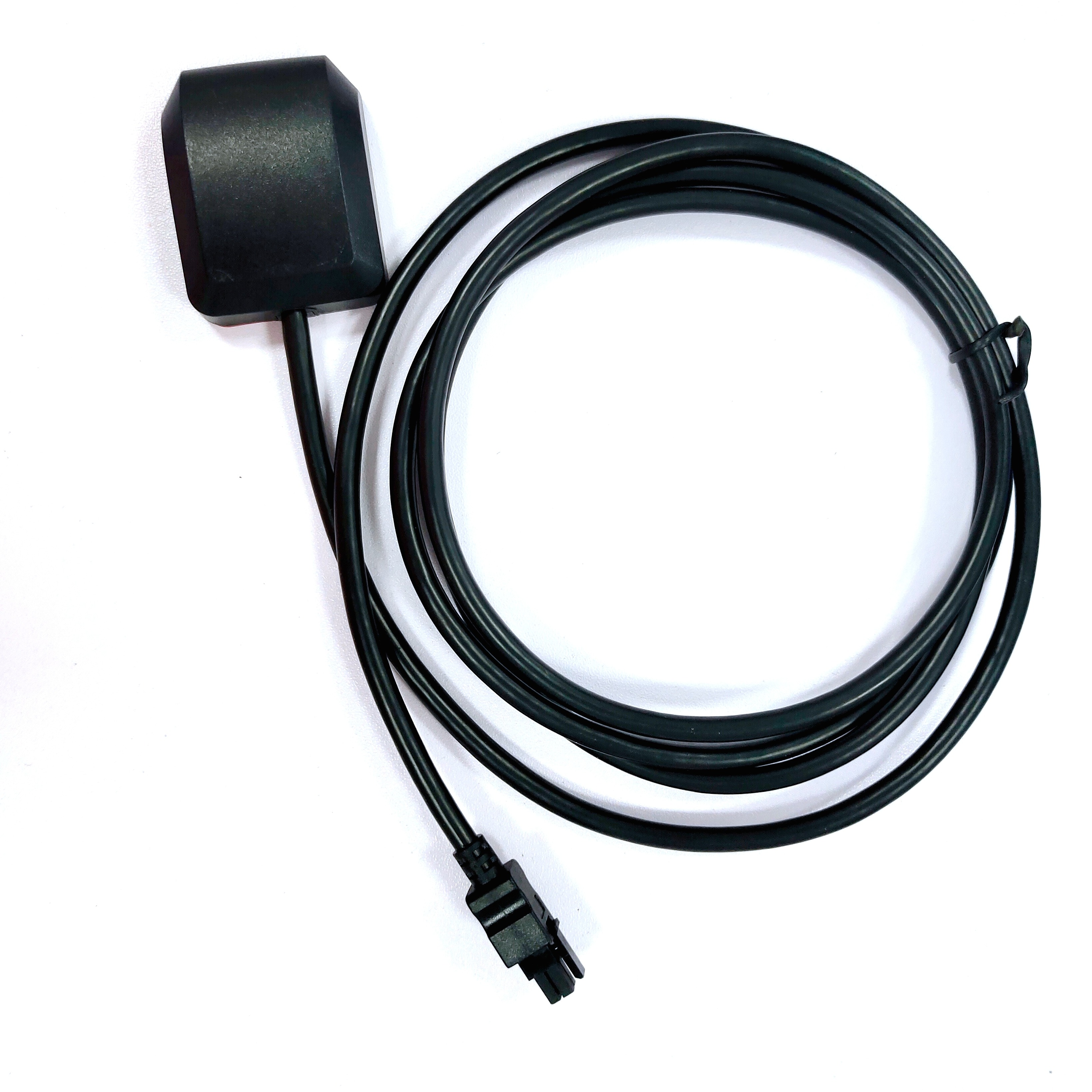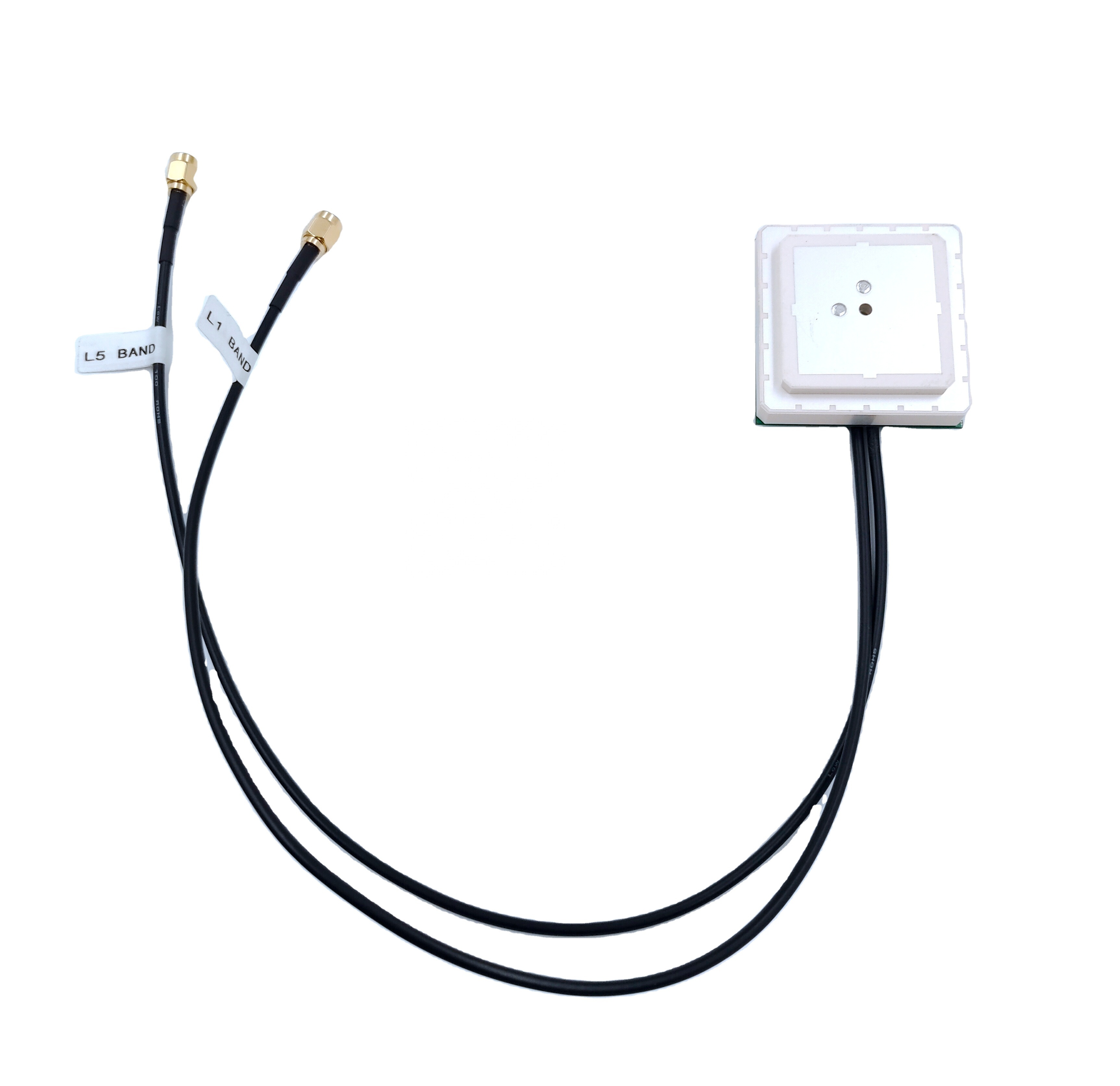Overview
Unlike traditional bulky antennas, ceramic chip antennas leverage high-dielectric-constant (high-εr) materials to miniaturize their physical footprint while maintaining high efficiency. For instance, the Taoglas GSA.884 series integrates GPS L1/L2 and GLONASS L1/L2 bands with 4G LTE Bands 1/3/7/20 in a 5.0 x 3.2 x 1.2 mm package, making it suitable for space-constrained designs. Similarly, the Pulse Electronics W3010 supports GPS/GLONASS/BeiDou and 4G LTE in a 4.0 x 2.0 x 0.8 mm form factor, demonstrating the industry’s push toward ultra-compact solutions.
The global market for high-precision GNSS antennas is projected to grow at a CAGR of 12.3% through 2030, driven by demand from autonomous systems, precision agriculture, and smart infrastructure. This overview explores the technological foundations, design innovations, and emerging applications of GPS/GLONASS 4G ceramic chip antennas, highlighting their role in enabling next-generation connected devices.
Design and Construction
2.1 Ceramic Material Selection
The core of a ceramic chip antenna lies in its dielectric substrate, which determines performance and size:
High-εr Ceramics (εr = 20–90): Materials like barium titanate (BaTiO₃) or zirconium titanate (ZrTiO₄) are used to reduce antenna size by shrinking the wavelength inside the dielectric. For example, a GPS antenna operating at 1575.42 MHz can be miniaturized by a factor of √εr (e.g., εr=36 reduces size by 6x compared to air).
Low-Loss Tangent (tanδ < 0.001): Minimizes dielectric losses to maintain efficiency (>70%) despite high εr.
Thermal Stability: Ceramics must resist detuning under temperature fluctuations (e.g., -40°C to +85°C automotive specs).
2.2 Antenna Structure
Patch Antenna Design: Most GPS/GLONASS antennas use a microstrip patch geometry with a ground plane to achieve circular polarization (RHCP) for satellite signal reception. For example, the Antcom G8-2X employs a stacked patch for dual-band (L1/L5) GPS with a peak gain of 3–4 dBi.
Monopole/PIFA for 4G LTE: The 4G section often uses a planar inverted-F antenna (PIFA) or meandered monopole to cover low (700–960 MHz) and high (1710–2690 MHz) LTE bands. The Pulse W3010 integrates a dual-resonance PIFA for global LTE coverage.
Multi-Feed Networks: Some antennas use separate feeds for GNSS and LTE to reduce coupling and improve isolation (>20 dB).
2.3 Matching Network and Integration
Impedance Matching: LC networks (inductors/capacitors) or transmission lines tune the antenna to 50 Ω for optimal RF module compatibility.
Connectorless Design: Antennas are soldered directly to PCBs via pads or vias, eliminating connectors to save space and cost.
Shielding: Metalized layers or conductive gaskets isolate GNSS and LTE sections to prevent interference.
Working Principles
3.1 GNSS Reception (GPS/GLONASS)
Right-Hand Circular Polarization (RHCP): Satellites transmit RHCP signals to minimize multipath errors from reflections (e.g., buildings, ground). The antenna’s RHCP design ensures consistent reception regardless of satellite orientation.
Multi-Constellation Support:
GPS L1 (1575.42 MHz): Standard positioning service.
GLONASS L1 (1602 MHz): Improves coverage in high-latitude regions (e.g., Russia, Canada).
Dual-Band (L1/L5): L5 (1176.45 MHz) enhances multipath rejection for urban navigation.
Carrier-Phase Tracking: High-precision applications use L1/L2/L5 carrier signals for RTK (Real-Time Kinematic) positioning with centimeter-level accuracy.
3.2 4G LTE Communication
Frequency Bands: Supports global LTE bands (e.g., B1/2/3/4/5/7/8/12/20/28) for voice/data connectivity.
MIMO Readiness: Some antennas integrate dual elements for 2x2 MIMO, doubling throughput (up to 300 Mbps per stream).
Time Division Duplexing (TDD): Used in bands like B38/40/41 for efficient spectrum utilization.
3.3 Signal Isolation
Spatial Separation: GNSS and LTE elements are placed ≥λ/4 apart (e.g., 4 cm for 1.5 GHz GPS) to reduce coupling.
Filtering: Bandpass filters reject out-of-band noise (e.g., LTE harmonics interfering with GPS).
Shielding: Conductive layers or via fences block electromagnetic interference (EMI).
Advantages and Challenges
-
4.1 Advantages
Compact Size: Ceramic antennas occupy <10 mm² of PCB space, enabling miniaturization in wearables and IoT devices.
Multi-System Compatibility: Combines GPS/GLONASS for global coverage and 4G LTE for real-time data transmission.
Low Power Consumption: Suitable for battery-powered applications (e.g., asset trackers with 5+ years of battery life).
Cost-Effective: Mass production reduces unit costs to <$2 for high-volume orders.
4.2 Challenges
Interference Risk: Close proximity of GNSS and LTE elements can cause desensitization if not properly isolated.
Thermal Detuning: High-power LTE transmissions (e.g., 23 dBm) may heat the ceramic substrate, shifting its resonant frequency.
Limited Bandwidth: Ceramic antennas struggle to cover ultra-wide bands (e.g., 5G mmWave) without performance degradation.
Environmental Sensitivity: Humidity and dust can degrade ceramic properties over time.
Applications and Future Trends
-
5.1 Current Applications
Autonomous Vehicles: High-precision GNSS provides lane-level accuracy, while 4G LTE enables V2X (Vehicle-to-Everything) communication for collision avoidance.
Precision Agriculture: Tractors and drones use RTK GPS/GLONASS for sub-inch planting accuracy, with 4G LTE transmitting soil data to cloud platforms.
Industrial IoT: Smart meters and asset trackers combine GNSS positioning with 4G LTE for remote monitoring and control.
Wearables: Fitness trackers use GPS for activity mapping and 4G LTE for emergency SOS alerts.
5.2 Future Trends
5G Integration: Next-gen antennas will add sub-6 GHz 5G support for ultra-low-latency applications (e.g., autonomous drones).
AI-Driven Optimization: Machine learning algorithms will dynamically adjust antenna parameters (e.g., beam steering) to maximize performance in dynamic environments.
Quantum GNSS Sensors: Quantum-enhanced receivers could achieve millimeter-level accuracy, revolutionizing surveying and construction.
Mass-Market Adoption: Predicted 15% CAGR in automotive and IoT sectors will drive innovations in low-cost, high-volume manufacturing (e.g., $0.50 antennas for smart tags).
Conclusion
High-precision GPS/GLONASS 4G ceramic chip antennas are transforming satellite navigation and wireless communication by merging centimeter-level positioning with high-speed data transfer in ultra-compact designs. Their integration of advanced ceramic materials, multi-band support, and signal isolation techniques addresses the industry’s demand for reliability, performance, and cost-efficiency. While challenges like interference and thermal management persist, trends such as 5G integration, AI optimization, and quantum sensing promise to overcome these barriers, unlocking new applications in autonomous systems, smart cities, and industrial automation.
As devices become increasingly connected and autonomous, manufacturers must prioritize innovation in antenna technology to ensure seamless interoperability between navigation, communication, and sensing systems. The future of high-precision positioning lies in the convergence of GPS/GLONASS, 4G/5G, and emerging technologies, paving the way for safer, smarter, and more sustainable solutions.




































































 Language
Language
 En
En Cn
Cn Korean
Korean

 Home >
Home > 







 18665803017 (Macro)
18665803017 (Macro)













